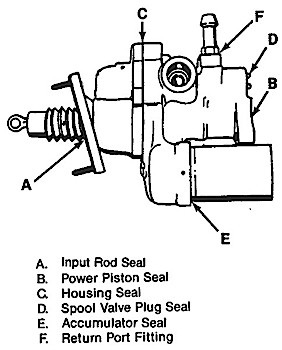

Interchangeable anvils are a feature on some new impacts.
Technology is defined as the application of scientific knowledge for practical purposes, especially in industry. We often picture technology as something that has computers and electronics attached, and often it does. But, in the world of impacts, both in the realm of pneumatic and cordless, technology bears much deeper roots.
Resurfacing drums and rotors is a machining process with its own specific guidelines.

Oil type is just as important as oil capacity.

Steve Coffell, a technician at Auto World in Hazelwood, MO, says his Top 5 Favorite Tools are: Related Articles – Lisle Low Profile Fuel Line Disconnect – Dent Fix Soft-Shock Mallet DF-SM76 Reduces Damage – New ProMAXX Diesel Fuel Injector Seal Puller/Saver ProKits OTC Genisys Touch – Quick scan, bidirectional control Snap-on VANTAGE Pro
A wheel bearing that’s out of adjustment can reduce bearing life and can affect more than just the bearing. It’s important to adjust the wheel bearing endplay to the proper specifications. If the bearing set is adjusted too loose or too tight, it can cause the bearing to fail prematurely. There are a few types of assemblies, so using correct procedures and tools will ensure a comeback-free wheel bearing installation.

We’re here to help you see all the tools, so you can invest wisely.

Multimeter accuracy is critical for EV diagnostics.

Scan tools serve as indispensable diagnostic hubs, offering access to a wealth of resources, from OEM technical bulletins to community-documented repairs.

Here are some quick tips for managing stress and avoiding burnout in the fast-paced automotive repair industry.
